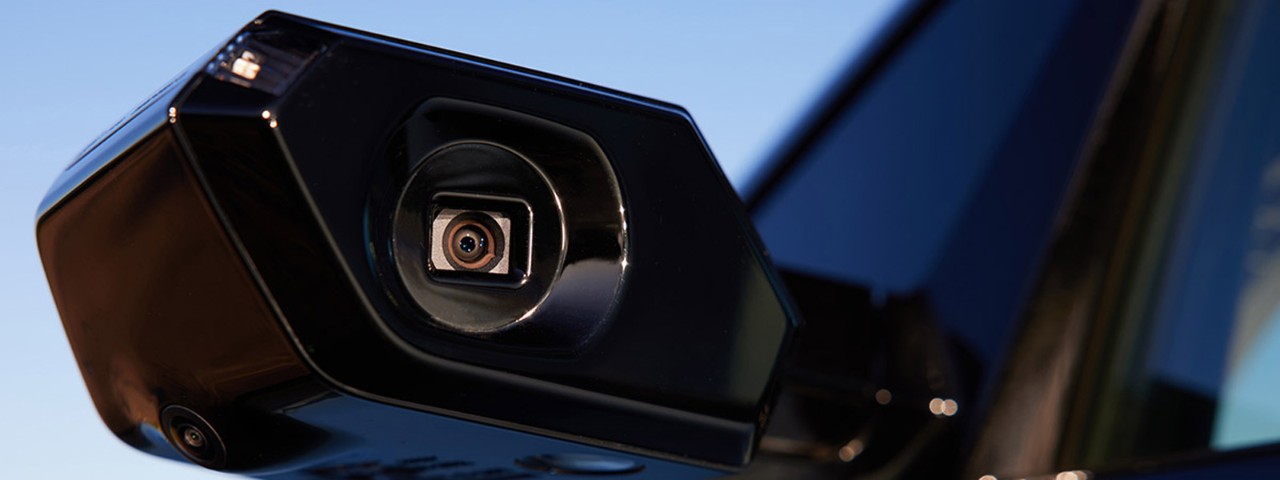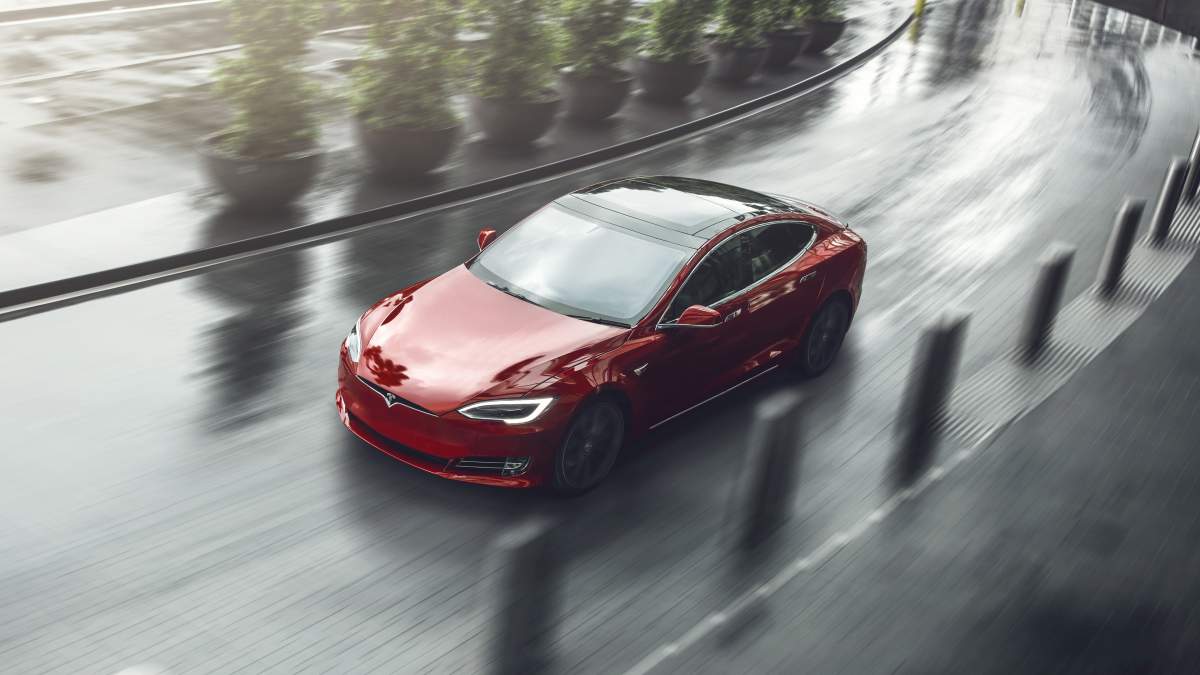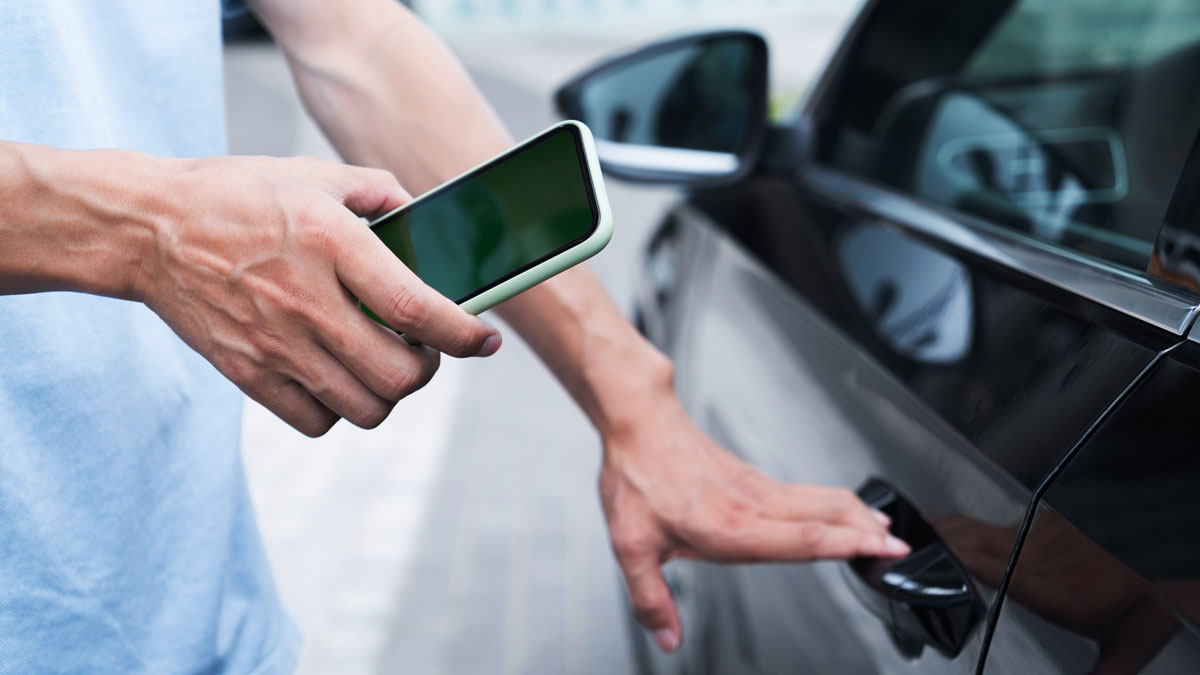ANCAP safety ratings are your best guide to the safest cars, SUVs and utes on sale in Australia and from 2026 will focus on key issues such as EVs, emergency calls and irritating technology. Here’s everything you need to know.
From hotwiring to hacking: the evolving security tech protecting new cars

Car security has come a long way since the days of the steering wheel lock. Immobilisers, facial-recognition, and external cameras are just some of the upgrades protecting new cars from theft.
Vehicle theft prevention has advanced a long way since the days of blaring alarms and central locking.
Modern cars have much more sophisticated security systems designed to deter thieves and prevent them from accessing the vehicle. Some newer vehicles are even able to track the vehicle in the event the car is stolen.
While many car brands are happy to invest in features to improve the car’s performance, features, and functions to create a more appealing car, manufacturers are also investing heavily in security technology that you may never see – and hopefully never need.
“It’s much more difficult to steal a car now than it ever has been,” says Ashley Sanders, technical director of the Federal Chamber of Automotive Industries.
While new tech can make it more difficult for theives to steal your car, protect yourself by following securtiy tips at home and on the road, and ensure you have motor insurance in place.
These are the latest security features in modern vehicles keeping your car safe from theft.
Why it's harder than ever to steal a new car
Car immobilisers
The single biggest improvement to vehicle security has been the addition of standard immobilisers.
The relatively simple devices include coded keys that exchange data with the car when someone tries to start it. So even if someone cuts a key that opens the doors, it won’t be able to start the vehicle without the rolling code that makes it almost impossible for thieves to copy.
The Australian government mandated in 2001 that all new cars had to be fitted with engine immobilisers, something that made stealing newer cars much tougher.
“It was generally found that you wouldn’t get past a modern immobiliser, rather, vehicle theft is the result of the car key being stolen,” says Sanders.
Smartphone-as-a-key technology
Tesla was the first to do away with keys altogether and allow the use of a smartphone equipped with Bluetooth low energy (BLE) technology.
Once paired with the vehicle – something that requires the use of a Tesla card with near-field communication (NFC) – the car then recognises when the phone is nearby and allows the doors to be unlocked and the vehicle driven.
As well as the practicality of having one less thing to carry, the smartphone-as-a-key technology is arguably less likely to be misplaced, given peoples’ reliance on their phones.
The NFC card acts as a back-up if the phone battery dies, and owners can add another layer by requiring the input of a PIN on the screen to mobilise the vehicle. The requirement of that NFC card to be placed in a specific position near the car to pair a new phone also minimises the chances of hackers simply copying the frequency emitted from a phone.

The Tesla Model S comes with Sentry Mode. Image: Supplied
Software versus hardware
Car theft has changed over the years, and has evolved from hotwiring to more digital innovations that involve hacking.
In 2022, hackers exposed vulnerabilities in Tesla’s BLE key system, leading to swift updates via the over-the-air software system. It prompted one of the hackers to suggest Teslas are “undoubtedly the most secure vehicles available in the market”.
The increasing reliance on software – and its ability to be updated relatively quickly – makes it the focus for many car makers trying to dissuade thieves.
In recent years, there have also been stories about thieves remote-scanning proximity keys from across the street to program their own key.
But Sanders says data and reports from authorities don’t suggest there are vulnerabilities.
“There was never great evidence of that (people scanning proximity keys to gain access to a vehicle),” he says. “There was no solid evidence that those capabilities were being used on a wide basis.”
Sanders says the technology in modern keys ensures far greater security.
“There’s a lot of encryption and rolling codes in a modern immobiliser which makes it much more difficult to steal through cyber theft.”
Vehicle monitoring
Once again, Tesla pioneered using some of its cameras to monitor the vehicle, even while the car is off. Four of the eight exterior cameras can be used to monitor the front, rear and either side of the vehicle. The Sentry Mode can record attempted break-ins.
Owners can also now monitor the car remotely, allowing them to check inside the vehicle and around its perimeter from the safety of a smartphone – handy if your car is parked in a dark alley at night.
BMW and Audi take it a step further with the ability to ping the owner via their smartphone in real time.

Some cars use smartphone technology to open the car from afar. Image: Getty
Face value
It’s now common for smartphones and other consumer electronics to utilise facial recognition technology. Cars are jumping on board, too.
The Genesis GV60 electric SUV that’s currently on sale here is available overseas with a facial recognition system that is soon expected in Australia. It means drivers can leave the key at home, instead peering into one of the external cameras, which uses infrared technology to recognise faces in the dark.
Called Face Connect, it’s teamed with fingerprint recognition inside the car, the final piece of the puzzle to make the vehicle operational.
Fingerprint recognition
Increasingly common across all manner of devices – from laptops to keyboards and phones – fingerprint recognition has long been utilised in cars.
However, for now it’s only used by various manufacturers – including Mercedes-Benz and Genesis – to set driver preferences such as the seating position, ventilation and audio settings.
That’s in part due to security concerns.
More than a decade ago, Audi introduced similar technology but didn’t allow it to open and start the car.
Hyundai is planning on utilising fingerprint recognition to start future models, but only when paired with facial recognition tech to gain access to the vehicle.
The information provided is general advice only. Before making any decisions please consider your own circumstances and the Product Disclosure Statement and Target Market Determinations. For copies, visit racv.com.au. As distributor, RACV Insurance Services Pty Ltd AFS Licence No. 230039 receives commission for each policy sold or renewed. Products issued by Insurance Manufacturers of Australia Pty Ltd ABN 93 004 208 084 AFS Licence No. 227678.


